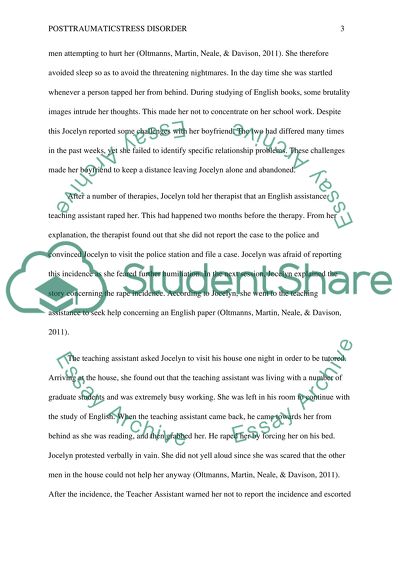Cite this document
(“PTSD: Rape Trauma Case Studies in Abnormal Psychology, Chapter 3, p Essay”, n.d.)
PTSD: Rape Trauma Case Studies in Abnormal Psychology, Chapter 3, p Essay. Retrieved from https://studentshare.org/psychology/1458000-ptsd-rape-trauma-case-studies-in-abnormal
PTSD: Rape Trauma Case Studies in Abnormal Psychology, Chapter 3, p Essay. Retrieved from https://studentshare.org/psychology/1458000-ptsd-rape-trauma-case-studies-in-abnormal
(PTSD: Rape Trauma Case Studies in Abnormal Psychology, Chapter 3, P Essay)
PTSD: Rape Trauma Case Studies in Abnormal Psychology, Chapter 3, P Essay. https://studentshare.org/psychology/1458000-ptsd-rape-trauma-case-studies-in-abnormal.
PTSD: Rape Trauma Case Studies in Abnormal Psychology, Chapter 3, P Essay. https://studentshare.org/psychology/1458000-ptsd-rape-trauma-case-studies-in-abnormal.
“PTSD: Rape Trauma Case Studies in Abnormal Psychology, Chapter 3, P Essay”, n.d. https://studentshare.org/psychology/1458000-ptsd-rape-trauma-case-studies-in-abnormal.


